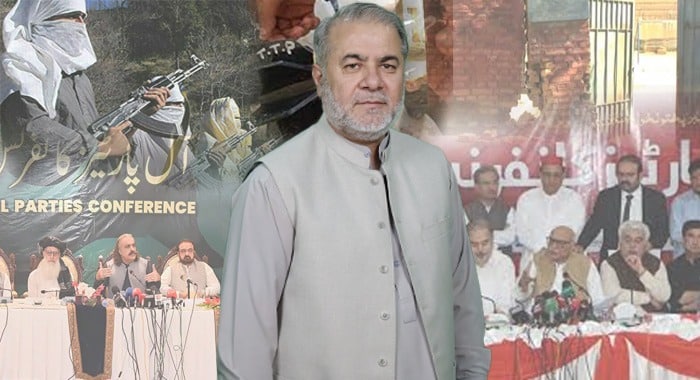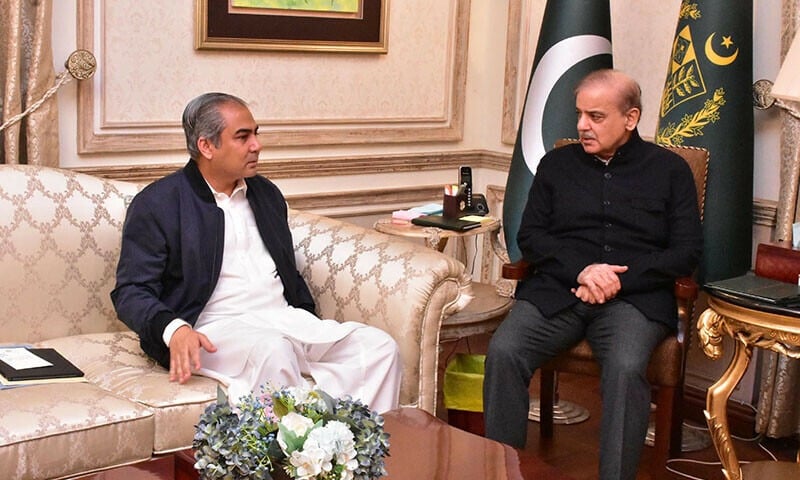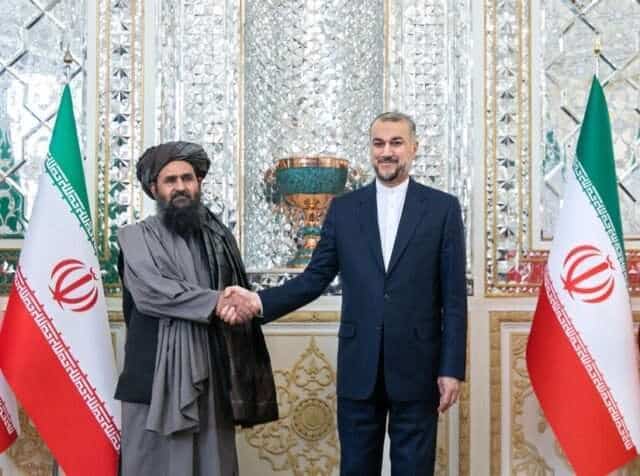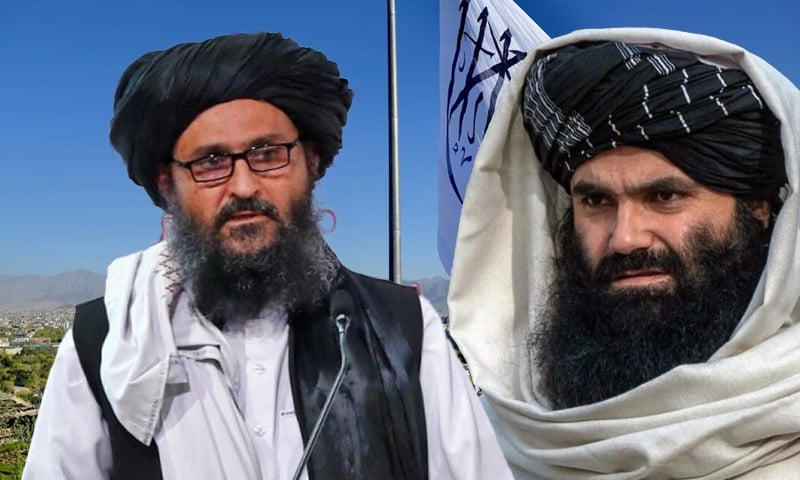The deteriorating security landscape of Khyber Pakhtunkhwa (KP) is no longer a distant issue confined to tribal peripheries, it now threatens the very heart of the province. From the rugged mountains of Waziristan to the settled districts surrounding Peshawar, the footprint of militancy has expanded with alarming pace. Yet, despite the rising violence and clear warning signs, Pakistan’s political and security apparatus appears fractured, distracted, and uncoordinated.
One of the most critical reasons for the worsening situation is the disunity between the federal and provincial governments. Since the formation of the Pakistan Tehreek-e-Insaf (PTI) government in KP and the Pakistan Muslim League-Nawaz (PML-N) government at the centre, cooperation between the two has been virtually non-existent. Instead of forming a united front against terrorism, both governments remain locked in political and rhetorical battles. The result is a vacuum of leadership and a lack of strategic coordination, a vulnerability that terrorists are clearly exploiting.
APCs (All Parties Conferences) have been held, but to little effect. Political parties attend when it suits their narrative and boycott when it doesn’t. When PTI’s CM Ali Amin Gandapur invited mainstream parties to an APC in Peshawar, most parties, including the ANP, PPP, JUI-F, and PML-N, refused to attend. Later, the ANP held its own APC which was attended by almost all major parties, except PTI, which disassociated from the only representative present, Shakeel Khan. Political point-scoring continues to take priority over a unified security policy.
What was once considered a problem of the tribal belt is now an escalating threat to the settled districts. Initially, militant groups were concentrated in South and North Waziristan. Over time, they expanded to adjacent districts: from North Waziristan to Bannu, and from South Waziristan to Tank and Dera Ismail Khan. On the other end, from Tirah Valley in Khyber district, their presence has crept dangerously close to Bara, just outside Peshawar.
The ring is tightening around the provincial capital. If these trends are left unchecked, Peshawar itself may soon fall within the operational scope of these groups. Already, districts like Karak and Lakki Marwat are reporting militant activity. Swat and Malakand, once declared secure, have seen attacks on police and law enforcement officers in recent weeks.
Despite the presence of multiple armed agencies; police, CTD, paramilitary FC, and the army, the core issue is not the lack of force but the lack of coordination. These institutions are failing to act in a cohesive and strategic manner. There is little intelligence sharing. Operational synergy is missing. Political actors, instead of facilitating coordination, are adding to the confusion with contradictory messaging and misplaced priorities.
Another layer of complexity is the increasing sophistication of weapons used by militants. Both sides; the militants and the police, now possess modern arms: M4 and M16 rifles, scopes, night vision, and even small drones (quad-copters). The CTD is better equipped and trained than before, but the militants are adapting quickly. They use drones to drop improvised explosive devices (IEDs) or for surveillance, with deadly results.
A tragic example is the growing use of weaponized drones in North and South Waziristan, Bannu, and Tirah. In many cases, neither militants nor law enforcement admit responsibility for drone attacks, leading to confusion and rising public anger. DIG Bannu Sajjad Khan confirmed that police only have surveillance drones, not armed drones, yet explosives have been dropped, raising suspicions of external involvement or unclaimed operations.
The most telling and tragic example of this breakdown is the recent incident in Tirah Valley. A drone-dropped explosive reportedly killed an eight-year-old girl. The victim’s tribe, Zakha Khel, had long supported the state against militant groups like Lashkar-e-Islam. But their trust was shattered.
In protest, tribesmen carried the body to the military’s brigade headquarters in Peer Qala, where a large demonstration took place. Emotions ran high. Some among the crowd reportedly removed fencing, a few entered the compound, and security forces opened fire because there were intelligence reports of militants presence, with nefarious designs, among the protesters, resulting in seven fatalities and over a dozen injuries, both among protesters and FC personnel.
The incident spiralled into further chaos and contradiction: while the military claimed to have neutralized terrorists in the protest, the provincial government announced compensation of Rs 1 crore per deceased, and 25 lakh per injures person, acknowledging civilian deaths. The resulting contradiction has fuelled conspiracy theories and deepened the trust deficit between people and the state. Jirga has since demanded independent investigations, and local parliamentarians like Iqbal Afridi are now publicly calling for accountability.
This isn’t just a law and order issue, it’s a political and national crisis. If the state continues to fumble, the militants will continue to advance. The exodus of businessmen, professionals, and educated families from KP is already underway. Those with means have left; those who remain live in fear.
If a united political and security front is not urgently formed, Peshawar and its surrounding districts could become the next flash-points. This is not just a threat to KP, it’s a threat to Pakistan’s stability. The people of Khyber Pakhtunkhwa are paying the price of political disunity, operational confusion, and institutional denial.
It’s time for the federation to take ownership of the province, and for all political actors to set aside their rivalries, before the spiral becomes irreversible.





